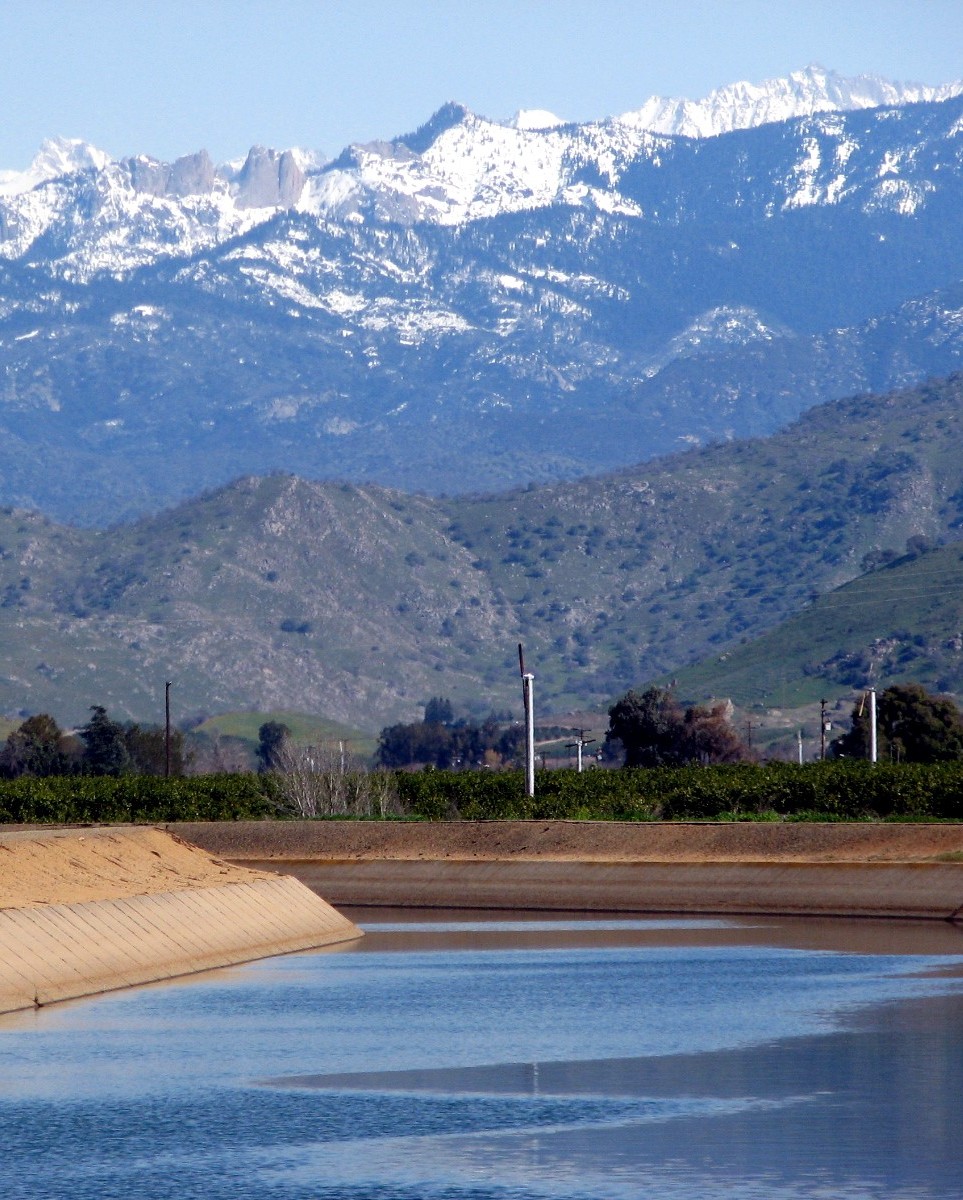Water
We’re proud to be a part of the San Joaquin Valley’s great agricultural heritage.
Our area is recognized for having fertile and productive lands, with a unique microclimate that typically makes it possible to deliver fresh fruits and vegetables to markets sooner than from other areas in the San Joaquin Valley.”
AEWSD’s top irrigated crops include: vineyards, almonds, citrus, carrots, potatoes, onions and tomatoes, with an approximate total 2016 value of over $1.1 billion – representing nearly twenty percent of the Kern County total.

Conjunctively Use Surface Water and Groundwater Supplies
AEWSD and its landowners have access to a large groundwater supply. AEWSD’s surface water supply originates from the federal Central Valley Project’s Friant Division which is supplied by Millerton Lake near Fresno. However, AEWSD’s federal surface supplies vary widely – very large in wet periods and much smaller in dry periods. Consequently, AEWSD has had to develop and invest in extensive groundwater banking facilities and creative water management programs to ensure reliable supplies for landowners through both wet and dry periods.
Advanced Water Management to Ensure Reliable Supplies.
Highly Variable Surface Water Supplies
AEWSD’s only surface water supply originates from the federal Central Valley Project’s Friant Division which is supplied by Millerton Lake near Fresno. However, AEWSD’s federal surface supplies vary widely – very large in wet periods and much smaller in dry periods.
Extensive Banking and Water Management Programs Make Up for Variable Surface Supplies.
AEWSD has had to develop and invest in extensive groundwater banking facilities and creative water management programs to ensure reliable supplies for landowners through both wet and dry periods. A major water supply advance was accomplished in 1997 with the signing of a 25-year year agreement with Metropolitan Water District of Southern California, providing a model for large scale, mutually beneficial agreements with parties outside the Valley.
DURING WET PERIODS. AEWSD uses its 1,500 acres of spreading ponds to recharge water and also utilizes storage facilities through multiple partnerships with many other agencies. During below average or dry years, AEWSD extracts the previously stored groundwater from wells and/or accepts return of water from its partners to meet its agricultural needs when surface water supplies are deficient.
A Network of Water Facilities to Manage Water.
AEWSD facilities to deliver water to landowners include 82 deep wells, 45 miles of lined canals, over 180 pumps/motors and 170 miles of pipeline.
